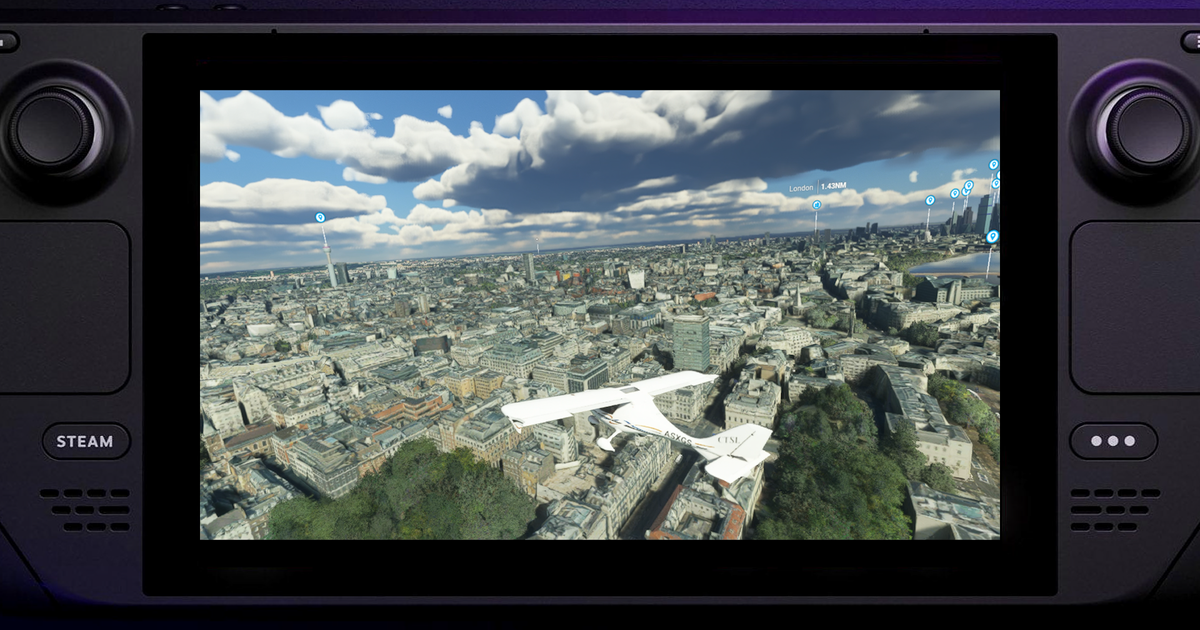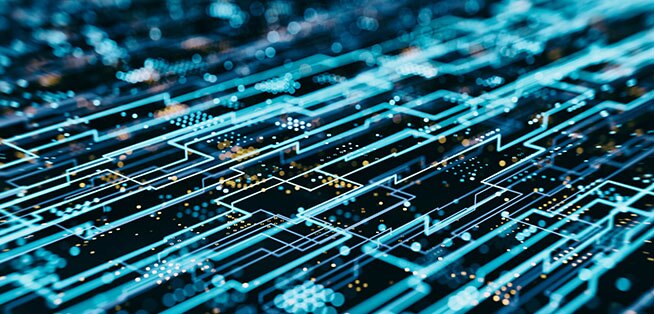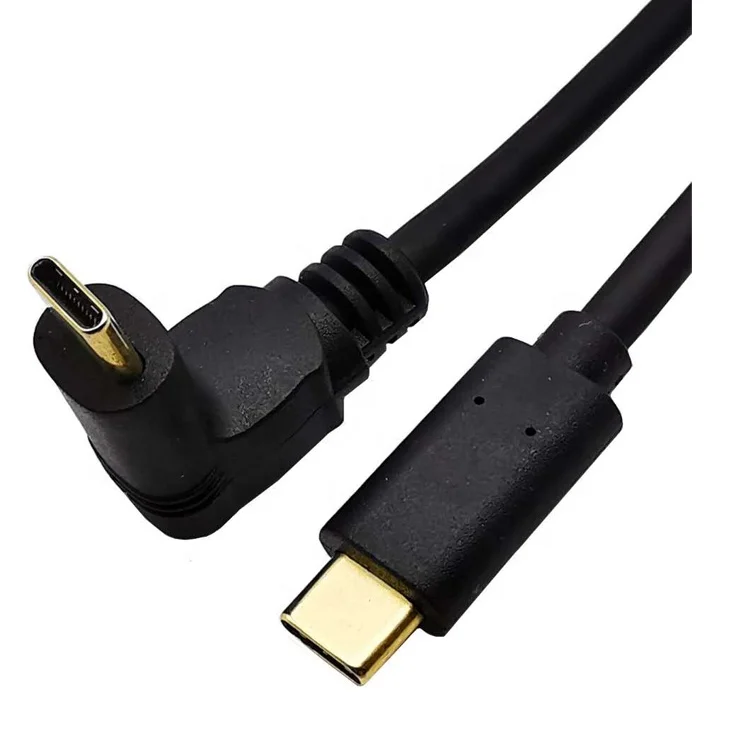not shure if theoled did just use the same battery as v2, but im not shure that there was that much improvement. shure, some. letzts hope they use it.
ohfor shure not...one of the areas where there is more then enough money going into research.
Theproblem is: almost none of those concepts can feasably go into mass production (price, complexity, availability of resources, scalability, not to forget how safe they are...)
Same. Give me the library and put those resources where they are needed.
Personally, i would love to play some of those games again.
but if its a "pay 60 for a somewhat remaster" type of deal...then im out.
Oh, yeah. HAving to think about battery canbe really anoying, but smartphones are the biggest offender in that, because i NEED them. notebook is sometimes a problem, but a console less so personally, cause there is usually not a place where i really am far from a socket and playing, since that usually means im on the move, or actively doing something outside.
So i dont see powerbanks as such a problem there.
But i get why people hate them.
Interesting page. With some of those im really confused what they are doing to the hardware...
Andyeah, someindie games go on forever with a single charge =D
"is a deathbed for it."... seing how people use smartphones and how every compact phone that gets reviewed on tech channels gets the message: horrible battery, you wont go through a day!...
Heck, even big phones are "you can get through a day, maybe even another half!" and then i have regular phone users that go 2 on the compact ones, and 3-4 on the big ones...
i get it, different usage scenarios, but the switch had also bad battery, and back with the 3DS the battery was a big prolem copared to the DS. Still, those products sold.
Im all for having the lower end at 3h at a minimum...exceptif they have a screen that goes even brighter.
Then you cant clock that beast so low how bright you can go... and for somebody to be able to play in the brightest sun or to burn his eyes with 800 nits im not ok to sacrifice power.
lets look at it from a different perspective:
battery life can be improved in an revision. The available power for developers to
port will stay the same for at least 5-6 years after release. For battery there ARE options (PB, fast charge, revision, clip on power pack, making it heavier (to a degree...), for power, what is there, thats it.
Most switch sold are V2. Here, the first release will also be more for the enthusiasts, and the silent revision as V2 can then push the battery life up over 4. I remember big groaning about the abysimal battery life on release... and never after, except for a limited few, and im not shure if those are a bigger audience then the ones that want more power, or if they are comparably small.
I think an acceptable position would be between V1 and V2.
And in regards to power packs and not being mass marketable... i present you:
Apple Store Suchergebnisse
www.apple.com
Edit: by the way, i also have my fringe interests for the next iteration that i know wont happen:
- scrollabe triggers or analog triggers
- a higher resolution HDR screen
first i want for gameplay reasons, second so that it has a chance to be used as a real VR headset, and that nintendo has a Headset for slotting it in. I want nintendo to tackle VR. i know this wont happen and that most people are not okay with a higher resolution screen for that, when it means more power draw and higher price.






